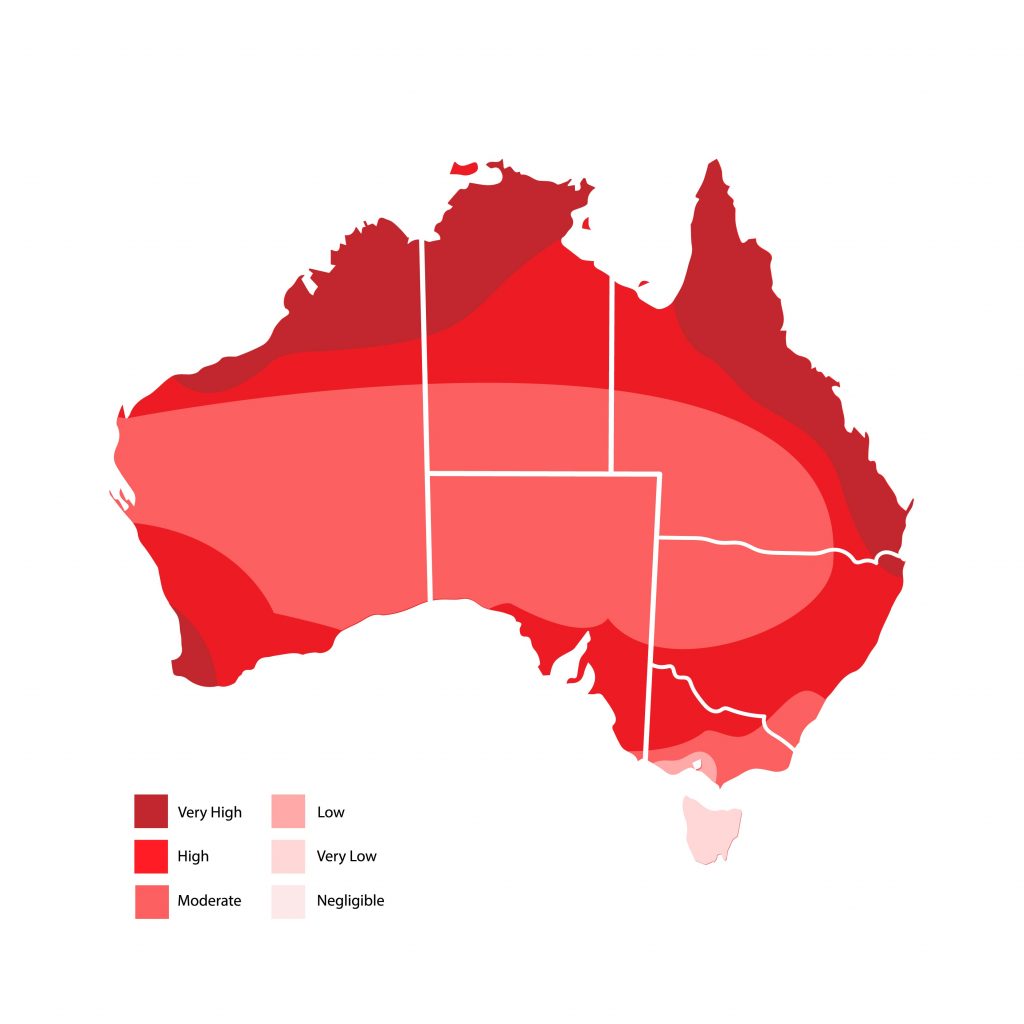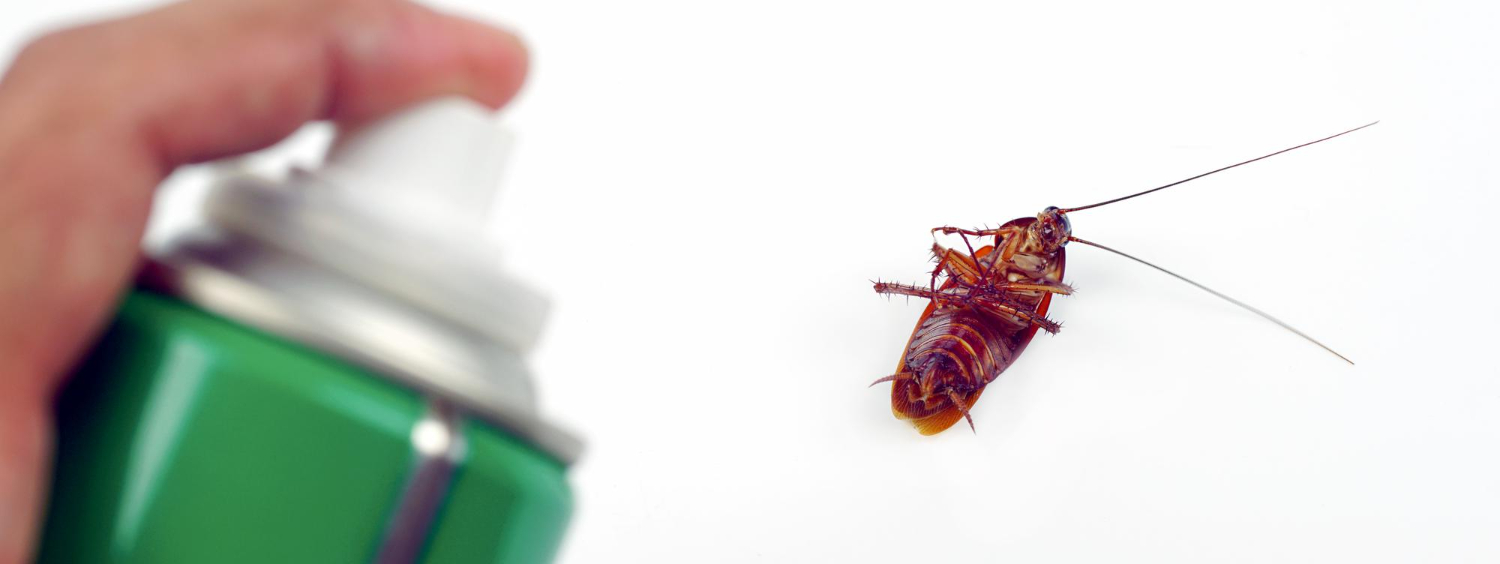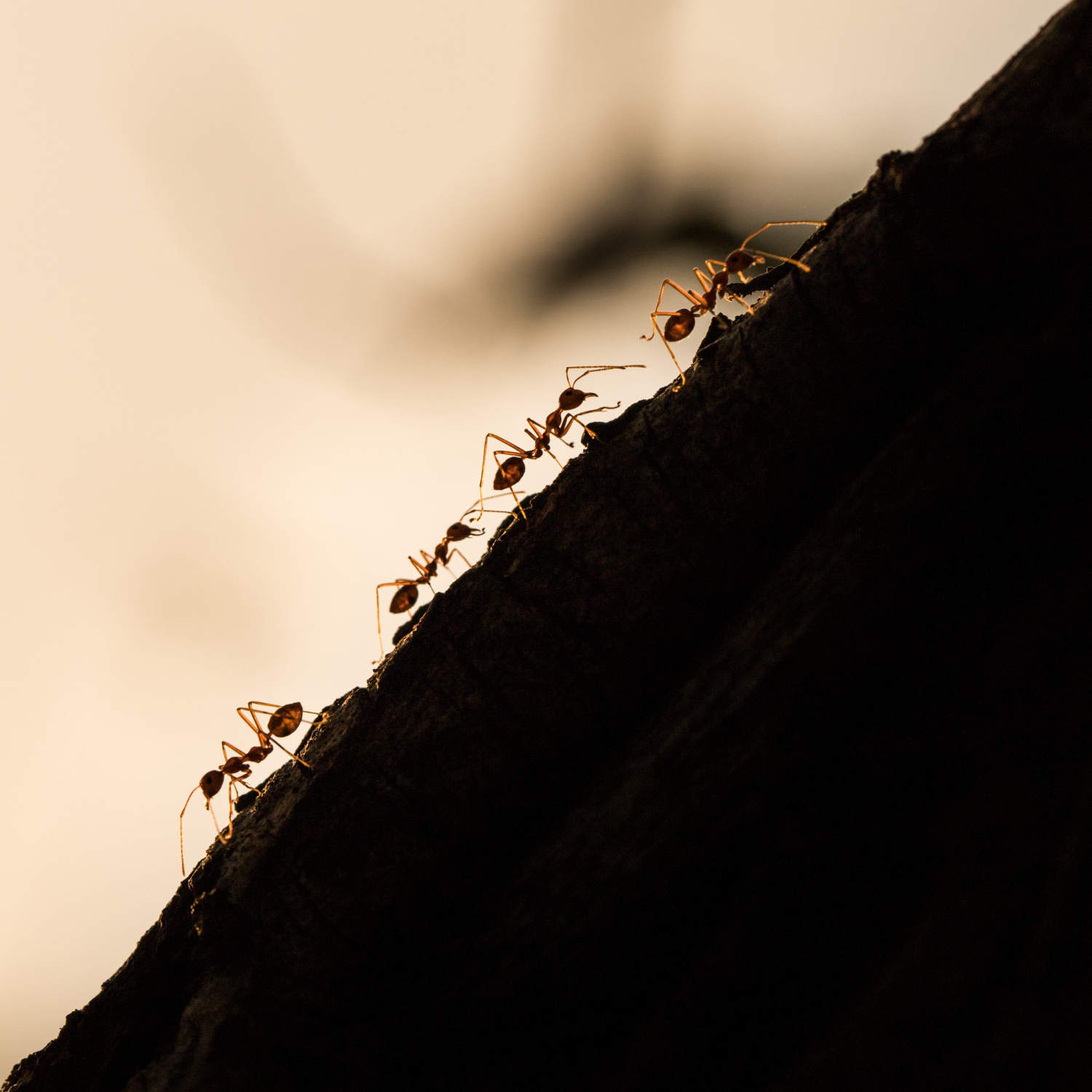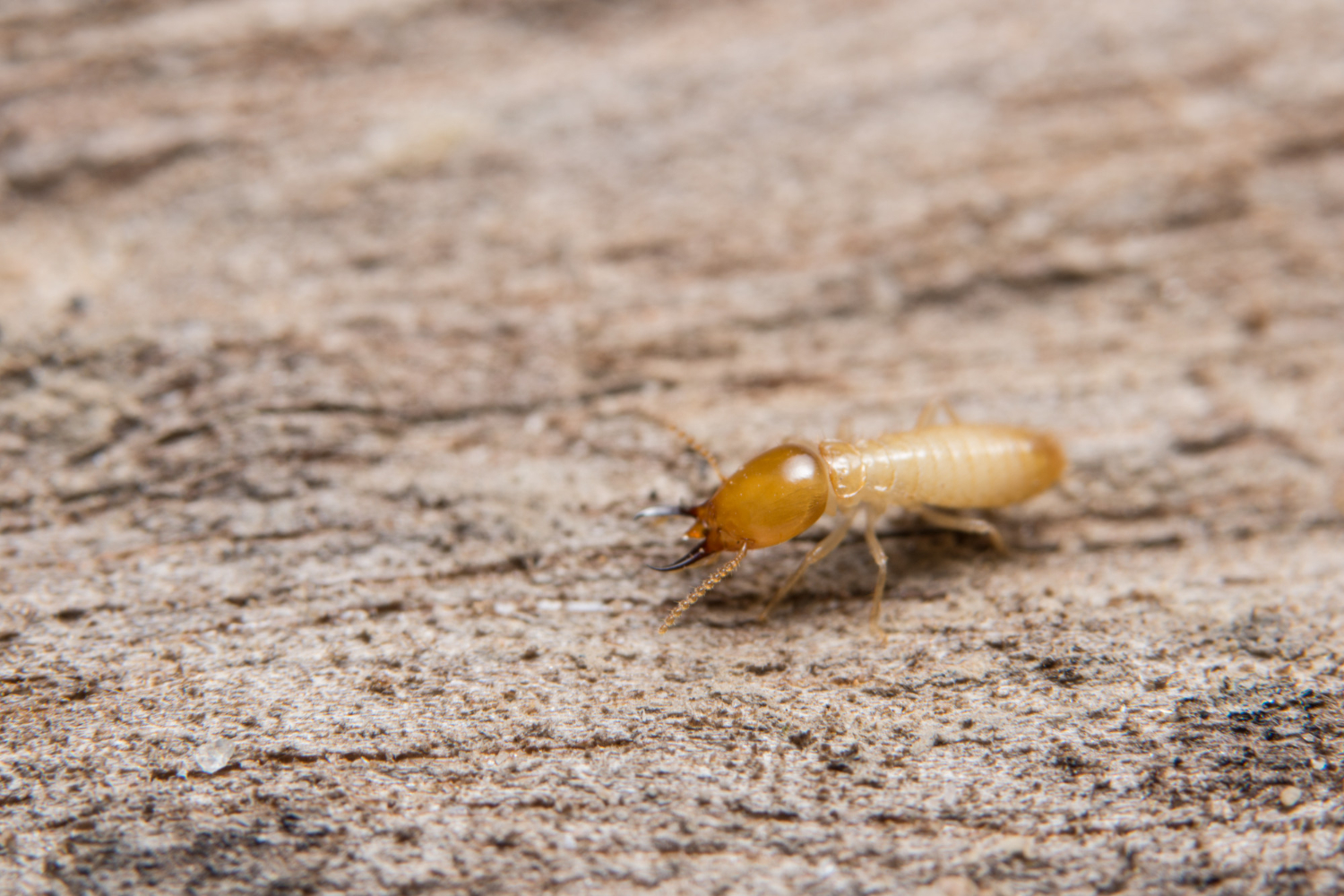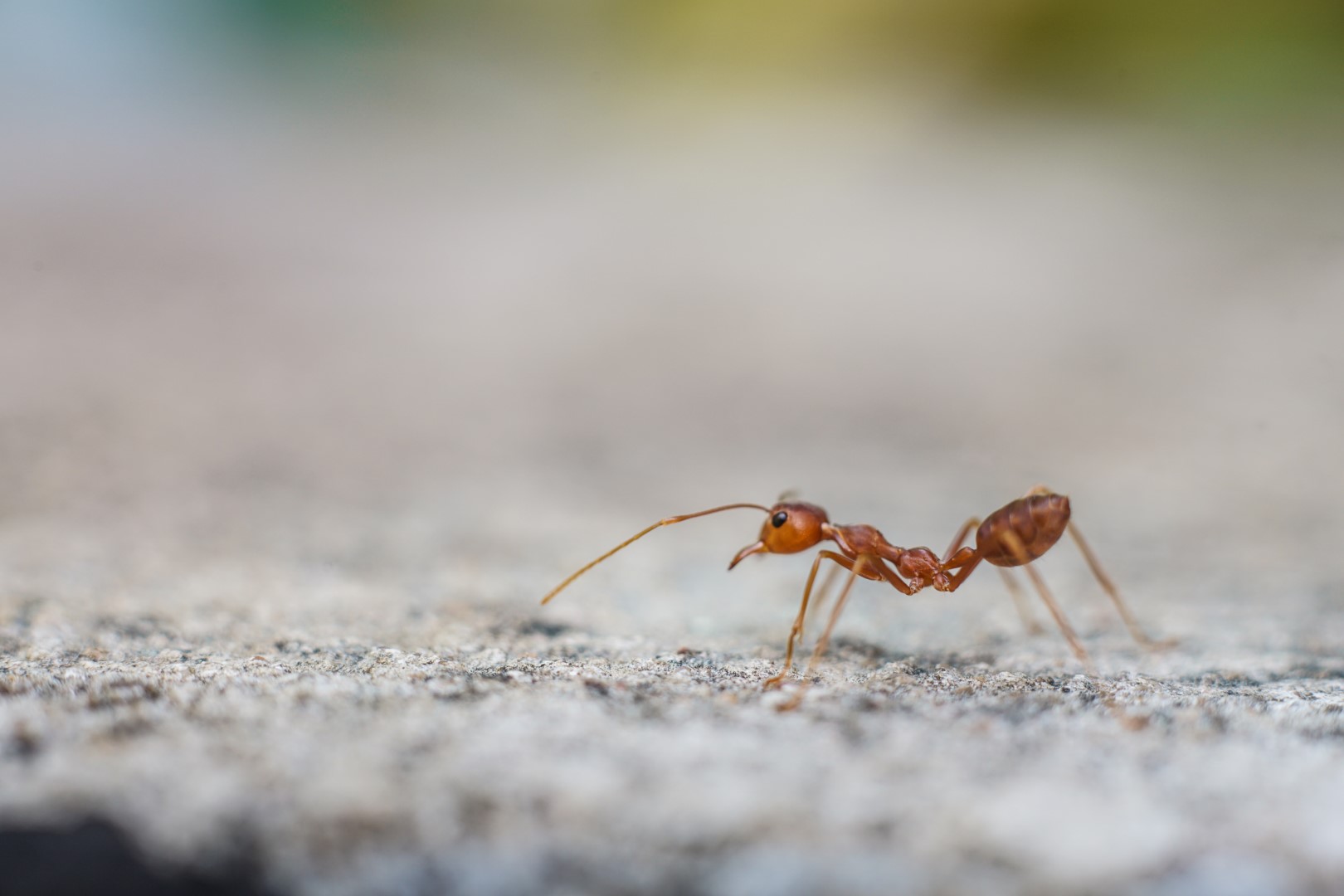Any building in Greater Brisbane is liable to encounter a termite attack during its life. Older existing buildings, including houses and unit blocks built between 1971 up to mid-1985, may have had the foundations sprayed with organochlorine products such as dieldrin. Shell Petroleum marketed a product by the name of Aldrex which produced a dieldrin emulsion. The emulsion was sprayed onto bedding sand of buildings under construction to form a continuous termite barrier under and around the perimeters. This type of hand spray application was an effective treatment against Subterranean Termites nesting under the building for many years. 85 years of protection was attested to at that time.
In late 1995 another two long-lasting Termite Barrier treatment products were removed from use. The two products Chlordane and Heptachlor had been the next best choice after the withdrawal of dieldrin in mid-1985. Whilst not providing effective barrier protection for as many years as dieldrin, an estimated 28 and 24 years were respectively touted.
With the withdrawal of these time-tested trusted compounds in 1995 I witnessed termite pre-construction in Brisbane go into meltdown. Nobody could agree on a single industry best practice to provide termite protective treatments or barriers for buildings including houses and strata projects during construction. Dow Elanco was among several big chemical companies to invest huge amounts of resources toward introducing Organophosphate and Synthetic Pyrethroid soil treatment products. These less stable compounds proved to be overly expensive to purchase in the marketed retail form, and prices of Pest Control Termite Procedures tripled. Consumer backlash followed and understandably, builders and architects looked for more plausible alternatives.
So being in such a high termite pressure location, mistakes were made by both builders and “pesties” in Brisbane and surrounding suburbs during the next 10 or so years. The problem was, as I saw it, that what had become a recognised reliance on a well-proven method of simple soil poisoning, that by all accounts would endure the expected use of the building being constructed, was withdrawn and every man and his dog suddenly became an expert in “alternative termite protection methods and systems”. Along came alternative inventions – frisbee, granite, plastic, aluminium, chemical blankets, corks hanging inside house walls?, green eye sticks, French boxes, glass fragments – everything under the sun claimed to be the best termite barrier treatment system.
So, I noticed many older builders of mine at that time would not have a bar of any of that “new-age nonsense.” They did, however, gracefully change their attitude when it was pointed out that the new ways are the only acceptable systems to qualify the completed building for certification, and therefore deemed suitable for habitation. Well, there’s a lighted look back into past days of treating and installing termite barriers in Brisbane. Inspections also have changed dramatically in what minimum requirements for best industry practice include. Our next article will explore this important function.
